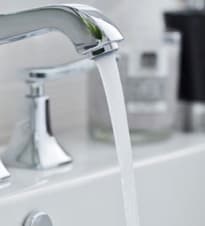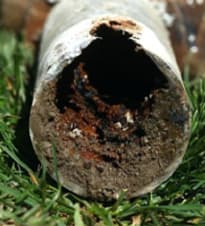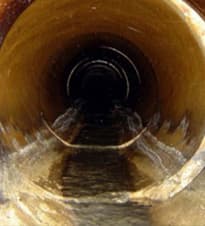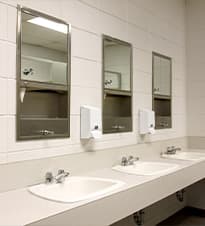Post Remediation Verification: An Overview
Post Remediation Verification (PRV) is a critical phase of the remediation process. It ensures contamination has been successfully reduced.
This examination involves comparing samples taken prior to and after the clean-up, in order to validate that expected outcomes have been accomplished. Not only does PRV ensure successful completion of remedial activities – it also safeguards public health and environment safety.
Origin of Post Remediation Verification
PRV has been around since the early 1900s. It was initially being used to tackle industrial waste and dangerous materials. As time passed, its application was broadened considerably. A PRV is now employed to identify a range of chemical, physical and biological contaminants.
Nowadays it regularly plays an important part in restoring areas affected by hazardous substances; this could mean examining soil, air or water samples for example.
Practical applications of Post Remediation Verification
From validating the success of a remediation effort to assessing various cleanup technologies, PRV has countless practical applications.
Using PRV testing is a reliable way to gauge the success of clean-up procedures in places such as homes and businesses. This type of monitoring can help you to detect any remaining pollutants in your home after a remediation process has been completed. This can confirming that the environment is safe for inhabitants.
Pros
There are numerous perks of a PRV. Not only does it guarantee that the environment is contamination-free by conducting precise assessments of a remediation project, but also offers useful data which can be utilized to upgrade upcoming projects. With PRV in your corner, you can rest assured that both current and future projects will be up to par.
Cons
PRV is an essential component of remediation, yet it presents its own set of complications. Proper and accurate sample collection and analysis are imperative for producing dependable results. This procedure can be both costly and time-consuming.
Furthermore, PRV may not necessarily provide concrete outcomes since the contamination could have extended too deeply or extensively to yield successful sampling efforts.
Conclusion
Ultimately, Post Remediation Verification is a necessity for the remediation workflow. It ascertains the success of any project and preserves the environment. PRV permits us to confirm if any cleanup technology actually works, examine how contaminated an area may be, and even offers insight into what kind of contamination it might contain.
Having a PRV can prove itself invaluable when ensuring that all your remediation work end up as a success.










